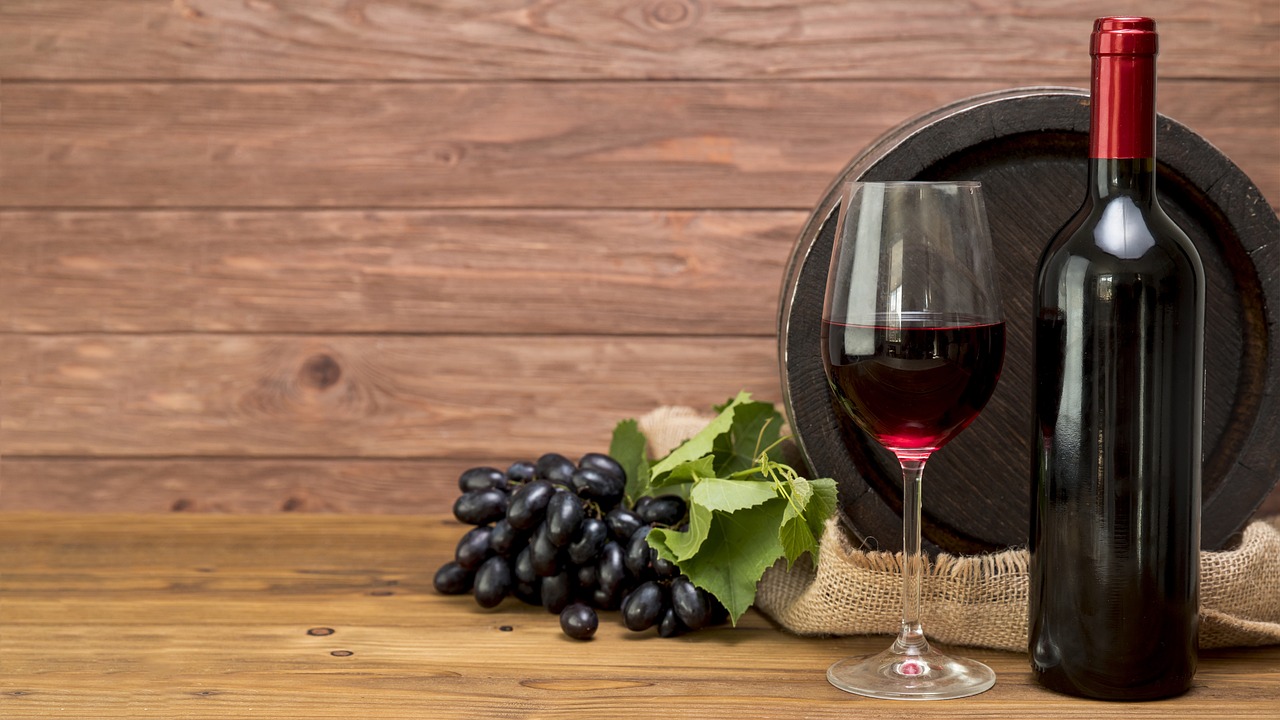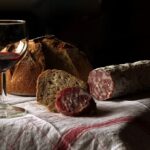
Germany’s winemaking heritage is both rich and distinguished, with its Prädikatswein system standing as a testament to the country’s commitment to quality and tradition. Prädikatswein, formerly known as Qualitätswein mit Prädikat (QmP), represents the pinnacle of German wine classification, a tier that signifies excellence and a deep adherence to stringent quality standards. This article delves into the complexities of the Prädikatswein system, exploring its history, categories, and the factors that contribute to the unique characteristics of these exceptional wines.
The Roots of German Prädikatswein
The history of German winemaking stretches back centuries, with vine cultivation dating as far back as Roman times. However, the modern Prädikatswein system was formalized in the early 20th century, evolving over decades to refine quality standards and classification criteria. This system was a response to the need for a regulated structure that could guarantee the quality of German wines on the global stage.
Understanding the Prädikatswein Categories
At the heart of the Prädikatswein system are six distinct categories, each signifying a different level of grape maturity, sweetness, and, by extension, quality. These categories, listed from the least to the most ripe, are:
- Kabinett: These are typically light wines made from fully ripe grapes. They can be dry or off-dry and are known for their delicate and refreshing qualities.
- Spätlese (Late Harvest): Made from grapes harvested after the standard picking season, these wines are more intense in flavor and richer than Kabinett. They can range from dry to sweet.
- Auslese (Select Harvest): This category includes wines made from very ripe, hand-selected bunches. Auslese wines can be sweet or semi-sweet and are characterized by a richer body and complexity.
- Beerenauslese (Berry Select Harvest): These are sweet wines made from individually selected, overripe grapes often affected by noble rot, which concentrates their sugars. They are rare and typically used for dessert wines.
- Trockenbeerenauslese (Dry Berry Select Harvest): Produced from shriveled, noble rot-affected grapes, these wines are extraordinarily sweet and complex, with a long aging potential.
- Eiswein (Ice Wine): Made from grapes frozen on the vine and pressed while still frozen, leading to a highly concentrated must. These wines are noted for their balanced sweetness and acidity.
The Importance of Terroir
The German Prädikatswein system places immense importance on the concept of terroir. The unique climatic and geological conditions of each wine-growing region in Germany play a crucial role in shaping the character of Prädikatswein. From the steep slate slopes of the Mosel to the sun-drenched hills of the Rheingau, each region imparts its distinct signature on the wines.
The Role of Riesling and Other Varietals
While Riesling is undoubtedly the star of the German Prädikatswein system, other varietals also play significant roles. Müller-Thurgau, Silvaner, and Spätburgunder (Pinot Noir) are among the varieties that contribute to the diversity of Prädikatswein. Each grape variety brings its unique profile to the wines, from the floral and fruity notes of Riesling to the earthy tones of Spätburgunder.
Prädikatswein and German Wine Law
German wine law closely governs the production of Prädikatswein. This includes regulations on grape varieties, vineyard practices, and must weights (sugar content in the grape juice). These strict guidelines ensure that each bottle of Prädikatswein adheres to the highest standards of quality and authenticity.
The Winemaking Process
The process of making Prädikatswein is a blend of art and science, with winemakers carefully overseeing every step, from grape selection to fermentation. The choice between using wild or cultured yeasts, the decision to ferment in stainless steel or oak, and the duration of aging are all crucial in defining the final character of the wine.
Tasting and Enjoying Prädikatswein
Tasting Prädikatswein is an experience that engages all the senses. The wines are known for their vibrant aromas, ranging from fresh green apples and citrus in the lighter Kabinett to the rich honey and dried fruit notes in a Trockenbeerenauslese. On the palate, they exhibit a characteristic balance between sweetness and acidity, a hallmark of German winemaking.
Pairing Prädikatswein with Food
Prädikatswein offers a versatile range of pairing options. Lighter styles like Kabinett and Spätlese are excellent with seafood and light poultry, while the sweeter Auslese and Beerenauslese pair wonderfully with spicy Asian cuisine or rich desserts. Eiswein, with its concentrated sweetness and acidity, is an ideal match for strong cheeses or as a standalone dessert wine.
The Global Appeal of German Prädikatswein
German Prädikatswein has earned a revered place on the international stage. Wine enthusiasts and collectors around the world treasure these wines for their quality, complexity, and aging potential. The Prädikatswein system serves as a beacon of excellence in winemaking, showcasing the heights that can be achieved when tradition meets precision.
The German Prädikatswein system is more than a set of classifications; it is a reflection of a deep-seated respect for winemaking tradition, a commitment to quality, and a celebration of the unique terroirs of Germany. Whether you are a seasoned wine connoisseur or a curious novice, exploring the world of Prädikatswein opens up a realm of sensory delight and a deeper appreciation for one of Germany’s most prized cultural treasures.
Related articles:
German Wine Label Guide
German Eiswein
Spätburgunder: Germany’s Answer to Pinot Noir
German Wine Guide
History of German Wine
German Riesling
German Wines







